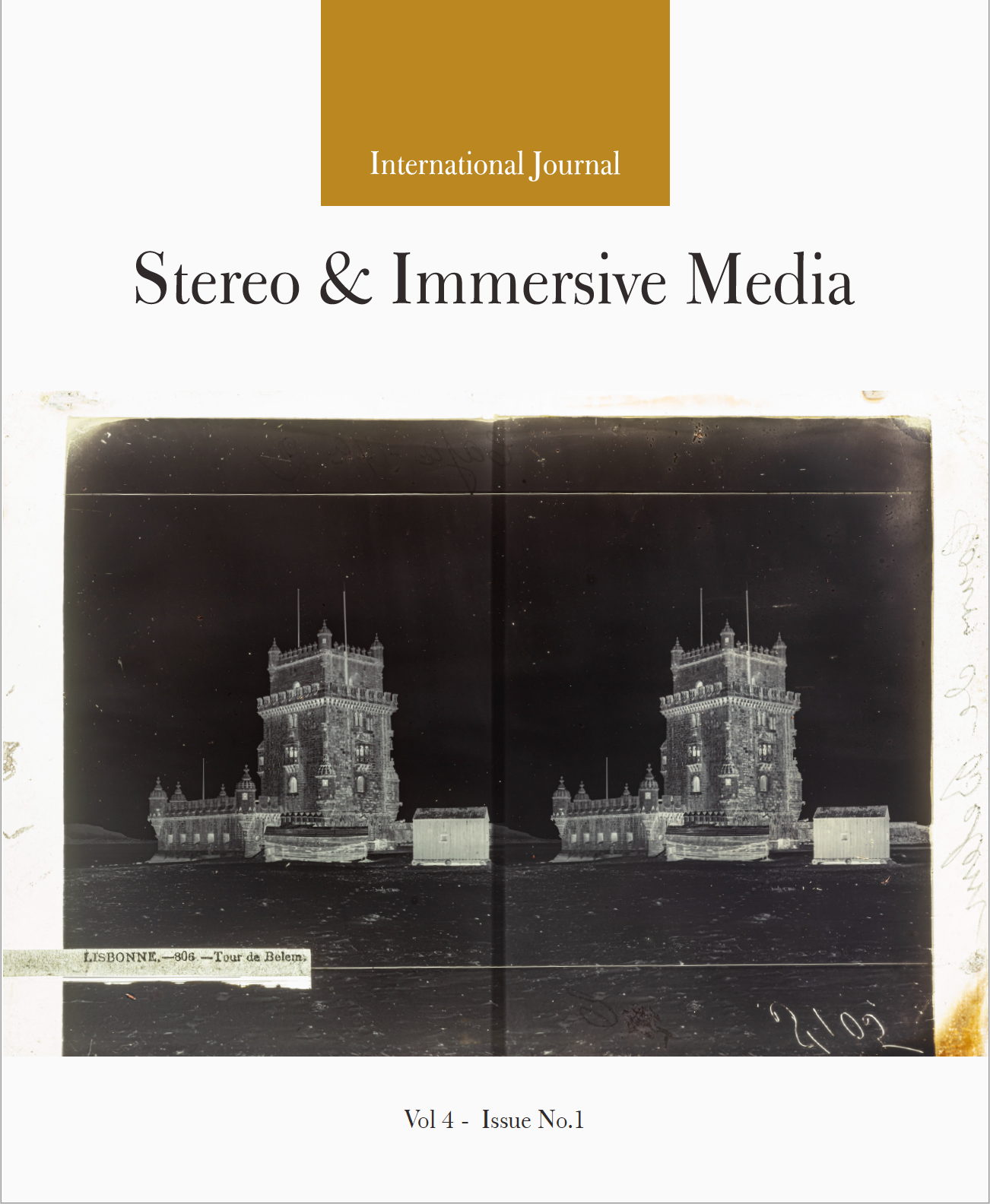Experience Design for Virtual Reality. From Illusion to Agency.
Abstract
Virtual Reality (VR) allow viewers to inhabit and interact with virtual spaces in a way that has the potential to be much more compelling than any other medium, breaking through the barrier between merely watching to experiencing a situation or environment. It has an experiential quality by integrating the domains of interactive video games, filmmaking, storytelling and immersion. A balancing act between narrative design, digital placemaking and user agency. In this article, written from a practitioner’s perspective, I propose and demonstrate strategies in how immersive experiences can utilise multiple modes of representations, such as omnidirectional stereoscopic video and real-time 3D rendered geometry, to form a coherent spatial narrative environment for a viewer in VR. Particular emphasis will be placed on factors in visual perception; experience design including narration, scenography and user agency; and the technical conditions of the medium. This insight emerged from a series of recent VR projects, which are fundamentally different in terms of content, design and production techniques, but this diversity is an opportunity to lay the foundations for a classification system for VR experiences and establish a common language for this exciting new medium.



